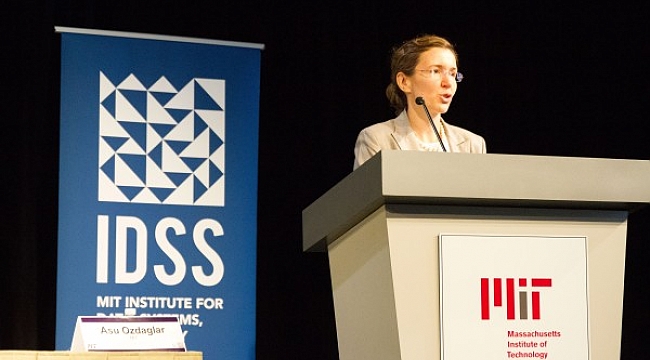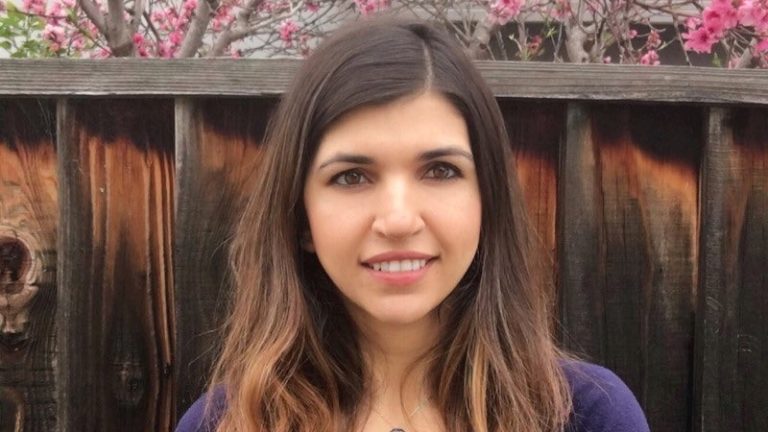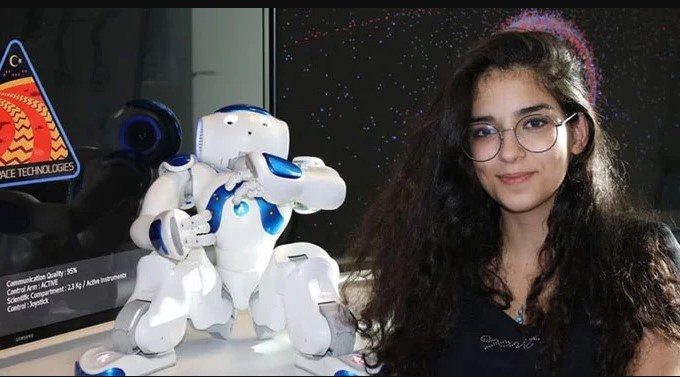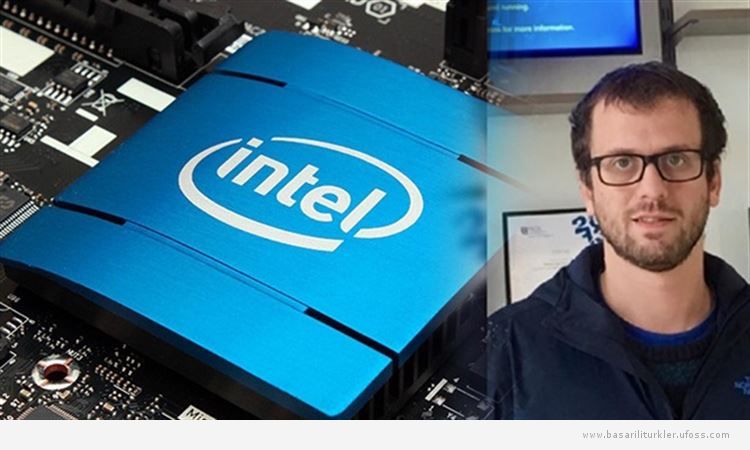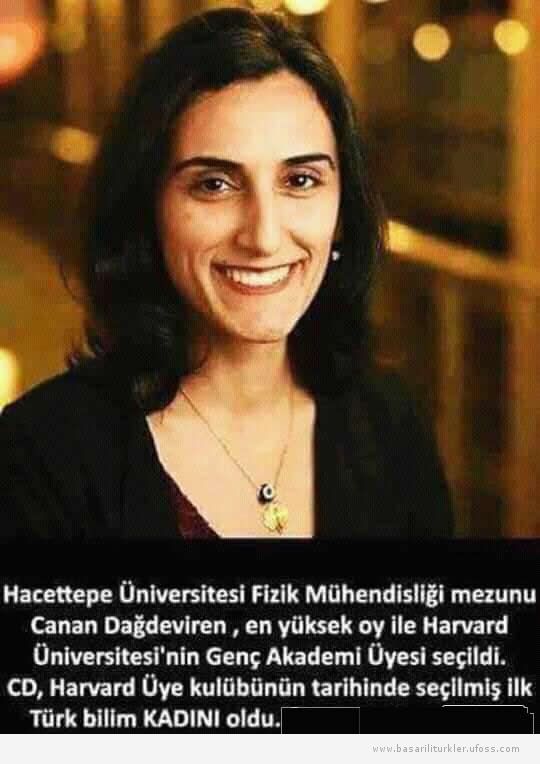
Kaliforniya Üniversitesi’nde görevli 31 yaşındaki Prof. Dr. Aydoğan Özcan’ın buluşuyla cep telefonuna takılan 10 dolarlık bir mekanizma, tahlili yapıp sonucu hastaneye mesajla yolluyor
Genç yaşına rağmen ABD’nin en çok tanınan bilimadamlarından biri olan ve Kaliforniya Üniversitesi (UCLA) Elektrik Mühendisliği Bölümü?nde görev yapan Prof. Aydoğan Özcan (31), tıpta devrim yaratacak bir icada imza attı. Özcan?ın ekibiyle birlikte geliştirdiği cihaz, sıradan bir cep telefonunu hassas tahliler yapan bir mikroskoba çeviriyor. Böylece her yere taşınması mümkün olmayan, pahalı aletlerle, uzun sürede yapılan kan testleri yerine hastalıklar herhangi bir yerde, kısa sürede ve ucuz bir şekilde teşhis edilebiliyor. Sistem, cep telefonunun kamerası üzerine takılan özel bir aparatla çalışıyor. Filtre edilen bir ışık kaynağı bulunan bu aparat, telefonun kamerası üzerine yerleştirilen kan örneğinde yer alan yaklaşık 50-100 bin hücrenin aynı anda ve birkaç saniye içinde görüntülenmesini sağlıyor. Telefona yüklenen özel bir yazılım da hücrelerdeki değişimi algılayarak, sıtma, verem. tüberküloz, anemi ve AIDS gibi hastalıkları teşhis edebiliyor. Bu sonuçlar istenilen sağlık kurumuna da mesaj olarak gönderilebiliyor. Bu cihazın özellikle Afrika gibi laboratuvarların az ancak cep telefonu kullanımının yoğun olduğu bölgelerdeki hastalıklara karşı etkili olacağı belirtiliyor. İcadıyla dün ABD?nin en saygın gazetesi New York Times?a da konu olan Özcan cihazın satışı için Microskia adlı bir şirket kurdu. Cihazın fiyatı ise sadece 10 dolar.
 .
.

————————————————————
Aydoğan Özcan ve ekibi hastaların hastaneye gelmeden özellikle 3. dünya ülkelerinde kullanılması için, insanların Aids ve sıtma gibi hastalıkların tanısında kullanılmak üzere kan tanıma testini geliştirdiler. Bu çalışmaları journal Cellular and Molecular Bioengineeringda yayınlandı. çalışmalarını ağustos 2008 de bir kitapta yayınladılar.
Cell phones have already revolutionized the way people around the world communicate and do business. Thanks to advances being made at UCLA, they are about to do the same thing for medicine.
In the lab of UCLA electrical engineering professor Aydogan Ozcan, a prototype cell phone has been constructed that is capable of monitoring the condition of HIV and malaria patients, as well as testing water quality in undeveloped areas or disaster sites. The innovative imaging technology was invented by Ozcan, a member of the California NanoSystems Institute at UCLA, and has been miniaturized by researchers in his lab to the point that it can fit in standard cell phones.
The imaging platform, known as LUCAS (Lensless Ultra-wide-field Cell monitoring Array platform based on Shadow imaging), has now been successfully installed in both a cell phone and a webcam. Both devices acquire an image in the same way, using a short wavelength blue light to illuminate a blood, saliva or other fluid sample. LUCAS captures an image of the microparticles in the solution using a sensor array.
Because red blood cells and other microparticles have a distinct diffraction pattern, or shadow image, they can be identified and counted virtually instantaneously by LUCAS using a custom-developed “decision algorithm” that compares the captured shadow images to a library of training images. Data collected by LUCAS can then be sent to a hospital for analysis and diagnosis using the cell phone, or transferred via USB to a computer for transmission to a hospital.
LUCAS is not a substitute for a microscope but rather a complement. While microscopes can produce detailed images, images produced by LUCAS are grainy and pixelated. The LUCAS platform’s advantage lies in its ability to nearly instantaneously identify and count microparticles, something that is time consuming and difficult to do with a microscope in resource-limited settings. Also, because LUCAS does not use a lens, the only constraint on size is the size of the chip it is built on.
“This technology will not only have great impact in health care applications, it also has the potential to replace cytometers in research labs at a fraction of the cost,” said Ozcan. “A conventional flow-cytometer identifies cells serially, one at a time, whereas tabletop versions of LUCAS can identify thousands of cells in a second, all in parallel, with the same accuracy.”
In research published online Dec. 5 in the journal Lab on a Chip, Ozcan described an improvement in the LUCAS system which he calls holographic LUCAS. This improvement allows for identification of smaller particles such as E. coli that were not previously possible. By controlling the spatial properties of the light source, a two-dimensional holographic shadow image of the microparticles can be captured that contains much more information than the classic shadow image.
Now that Ozcan has successfully created prototypes with a cell phone and webcam, his next step is to build from scratch a handheld device incorporating the LUCAS imaging system. Using this device, people in remote areas of the world would be able to monitor the spread of disease, allowing doctors to focus limited resources in the areas of greatest need.
The system also can be used to monitor water quality by detecting hazardous microparticles. In addition to undeveloped areas, LUCAS would be useful for water testing in the event of a disaster which compromises water quality. After making a presentation on LUCAS in Japan, Ozcan was approached by researchers from the University of Tokyo and Kyushu University interested in earthquake preparednes
——————————————————
Aydogan Ozcan, Assistant Professor
NIH Director’s New Innovator Award, 2009
MIT’s TR35 Award, 2009
Wireless Innovation Project Award, Vodafone Americas Foundation, 2009
Office of Naval Research (ONR) Young Investigator Award, 2009
IEEE LEOS Young Investigator Award, 2009
Okawa Award, 2008
Research Group: Bio- and Nano-Photonics Laboratory
Office: 66-127D Engr. IV, Phone: 310.825.0915, Email
Biography
Prof. Aydogan Ozcan received his Ph.D. degree at Stanford University Electrical Engineering Department in 2005. After a short post-doctoral fellowship at Stanford University, he is appointed as a Research Faculty Member at Harvard Medical School, Wellman Center for Photomedicine in 2006. Dr. Ozcan joined UCLA in the summer of 2007, where he is currently leading the Bio- and Nano-Photonics Laboratory at the Electrical Engineering Department. Prof. Ozcan’s research group is also part of UCLA California NanoSystems Institute (CNSI), where he is currently serving as a member of the research committee.
Dr. Ozcan holds 14 US patents, 1 UK patent and another 9 pending patent applications for his inventions in nanoscopy, wide-field imaging, nonlinear optics, fiber optics, and optical coherence tomography. All of his patents are currently licensed by Northrop Grumman Corporation, which is the leading defense company in US. Dr. Ozcan is also the co-author of more than 70 peer reviewed research articles in major scientific journals and conferences.
Dr. Ozcan is serving in the Scientific Advisory Board of the Lifeboat Foundation, and is a member of the program committee of SPIE Photonics West Conference. He also serves as a panelist and a reviewer for National Science Foundation and for Harvard-MIT Innovative Technology for Medicine Program.
For his work on lensfree on-chip imaging and diagnostic tools, Prof. Ozcan received the prestigious 2008 Okawa Foundation Research Award, given by the Okawa Foundation, in Japan. Prof. Ozcan also received the 2009 ONR Young Investigator Award and the 2009 IEEE Photonics Society’s (LEOS) Young Investigator Award for his pioneering contributions to non-destructive nonlinear material characterization and near-field and on-chip imaging & diagnostics. He is also the receipient of a National Science Foundation Award on “Biophotonics, Advanced Imaging, and Sensing for Human Health” for his on-chip plasmonic microscopy work. Dr. Ozcan was also awarded the Presidential Fellowship from the Turkish Ministry of Education in 1996 (declined).
Dr. Ozcan is a member of IEEE, LEOS, EMBS, OSA, SPIE and BMES.
Research Interests
Photonics and its applications to nanoand bio-technology, including but not limited to (a) imaging the nano-world, especially in bio-compatible settings; (b) providing powerful solutions to global health related problems such as measurement of the cell count of HIV patients in resource limited settings; (c) rapid and parallel detection of hundreds of thousands of molecular level binding events targeting microarray based proteomics and genomics; and (d) monitoring of the biological state of 3D engineered tissues.
Awards and Recognitions
• 2009 NIH Director’s New Innovator Award
• 2009 MIT’s TR35 Award
• 2009 Wireless Innovation Project Award, Vodafone Americas Foundation
• 2009 Office of Naval Research (ONR) Young Investigator Award
• 2009 IEEE Photonics Society (LEOS) Young Investigator Award
• 2008 Okawa Foundation Research Award
• 2008 Outstanding paper award, BMES Annual Fall Meeting, October
• 2008 National Science Foundation Award on "Biophotonics, Advanced Imaging, and Sensing for Human Health"
• 2006 Outstanding Paper Award, Gordon Research Conference, Lasers in Medicine and Biology
Books
A. Ozcan, Non-destructive Optical Characterization Tools, Verlag DM Publishing House, 2008

